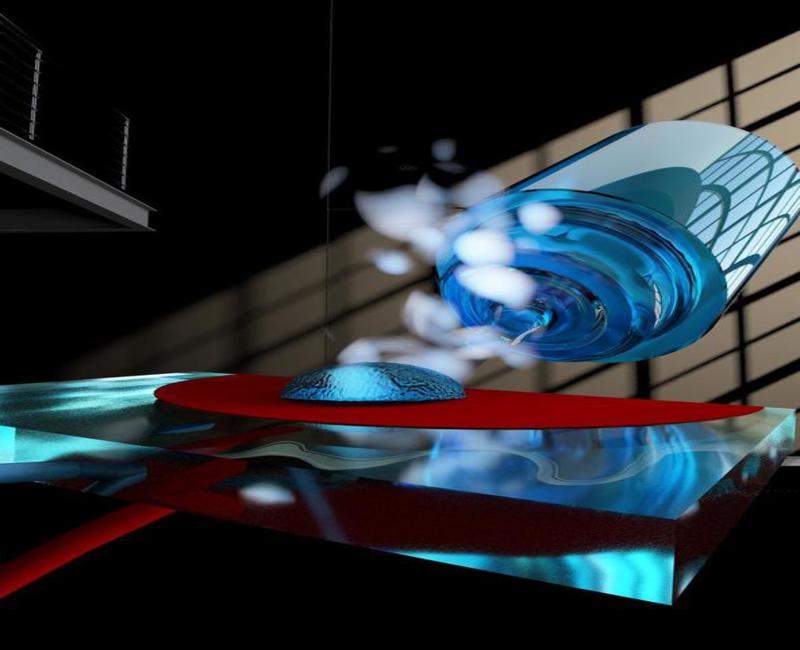
Researchers at the University of California, San Diego (UC San Diego) have developed a new device that can convert powerful disinfectants into a breathable mist, which can in turn help in preventing hospital-acquired infections.
The device is said to work with various disinfectants that were not atomised before, including triethylene glycol (TEG).
It could atomise disinfectants onto environmental surfaces that are contaminated with bacteria.
The device was observed to have effectively removed 100% of bacteria associated with common hospital-acquired infections.
Furthermore, atomised bleach solution of ethanol and TEG was found to eliminate highly multi-drug resistant bacteria strains such as K. pneumoniae. However, it failed to destroy methicillin-resistant Staphylococcus aureus (MRSA).
How well do you really know your competitors?
Access the most comprehensive Company Profiles on the market, powered by GlobalData. Save hours of research. Gain competitive edge.

Thank you!
Your download email will arrive shortly
Not ready to buy yet? Download a free sample
We are confident about the unique quality of our Company Profiles. However, we want you to make the most beneficial decision for your business, so we offer a free sample that you can download by submitting the below form
By GlobalDataUC San Diego physician-scientist Monika Kumaraswamy said: “Cleaning and disinfecting environmental surfaces in healthcare facilities is a critical infection prevention and control practice. This device will make it much easier to keep hospital rooms clean.”
The researchers believe that the new technology may have additional applications, including the delivery of a new class of drugs through inhalers. They aim to make injectable therapies inhalable.
Off-the-shelf smartphone components that generate acoustic waves were used to create the device. The team generated sound waves at high frequencies to develop fluid capillary waves that emit droplets and generate mist.
Existing mechanical approaches to atomise fluids are said to pose certain challenges such as the breakdown of active ingredients, and the new device is said to address such drawbacks.
The team is currently working on the development of an updated prototype for hospital use, with potential for application in airports, aeroplanes and other public transportation in flu season.




